We are a Galway City-based physiotherapy clinic that specialises in treating a wide array of shoulder conditions. Rotator cuff pain syndrome or rotator cuff tendinopathy refers to pain and weakness that is most commonly experienced with movements of shoulder external rotation and elevation. This is commonly as a consequence of excessive load on the rotator cuff tissues.
Rotator cuff tendinopathy is the most common type of shoulder pain as it is seen in about 30% of the overall population. This condition can take up to 12 weeks to fully resolve. There is an increased incidence of shoulder pain in individuals who participate in repetitive overhead activities such as sports like baseball or volleyball or occupations such as painting or carpentry. Rotator cuff tendinopathy incidence also increases with age which is a consideration when talking about rotator cuff disorders. The following conditions can be grouped under the term Rotator cuff pain syndrome or tendinopathy: “tendinitis, tendinosis, paratendinosis or partial tears of the Rotator Cuff tendons” and should exclude: “subacromial impingement syndrome, subdeltoid bursitis, adhesive capsulitis (frozen shoulders) and full thickness tears”.
The rotator cuff is a common name for the group of 4 distinct muscles and their tendons that provide strength and stability during motion of the shoulder. The muscles arise from the scapula and connect to the head of the humerus forming a cuff at the glenohumeral or shoulder joint. The rotator cuff muscles include supraspinatus, infraspinatus, teres minor and subscapularis.
Physical therapy of rotator cuff tendinopathy aims to reduce pain and swelling of the tendons to achieve normal range of motion and eventually strengthen the shoulder joint complex. Initial rest and ice are used to decrease pain. It is very important that patients initially avoid activities that increase pain and symptoms. The physiotherapist should guide the patient on when to resume these activities again.
The physiotherapist can use techniques like massage to prepare the muscles for range of motion and strength exercises. It is important for the patient to do the prescribed exercises in the correct order – first stretching and restoring range of motion and then progressing onto muscle strengthening exercises. With a decrease in shoulder internal rotation, the posterior capsule should be tested and stretched if tight and restricted. Another key aim in the treatment and management of this condition is correcting scapulo-humeral rhythm and glenohumeral instability.
If the patient is experiencing high levels of pain and discomfort, there is some evidence to support the use of non-steroidal anti-inflammatory drugs (NSAIDs) like ibuprofen and aspirin which may have a pain reducing effect. A second option is a corticosteroid injection which is commonly administered as a treatment for tendon disorders. It has side effects like skin atrophy, over-sensitivity at the site of the injection, and discoloration of the skin. Repetitive injections will also weaken the structure of the tendons.
Medical examiners often prescribe immobilization. And the last resort of medical management is surgical treatment. Very good results have been achieved with surgery, but it will only be chosen if conservative treatment does not work.
It is important to note that evidence-based practice shows us that there may be no difference in pain between surgery and different exercise programs. There may also be no difference between open surgery and arthroscopic surgery, but people might recover sooner with arthroscopic surgery. Surgery can have several side effects including pain, infection, difficulty moving the shoulder after the operation, wasting of the shoulder muscles, and the need to have another surgical procedure. This is important to be aware of when making this decision.
Here at West Coast Physio, you can be assured of our dedication to provide you with a patient-centred treatment approach that is aimed at resolving your shoulder pain and improving your life.
PHYSIOTHERAPY IS AN ESSENTIAL HEALTH SERVICE
During this pandemic, chartered physiotherapists at West Coast Physio will continue to provide services while following all relevant government COVID-19 guidelines to keep you safe during your visit, including screening for COVID-19 before each treatment.
Disclaimer: The information provided on this website is for informational purposes only and should not be treated as medical advice. If you have any questions about your condition, please do not hesitate to give us a call.
